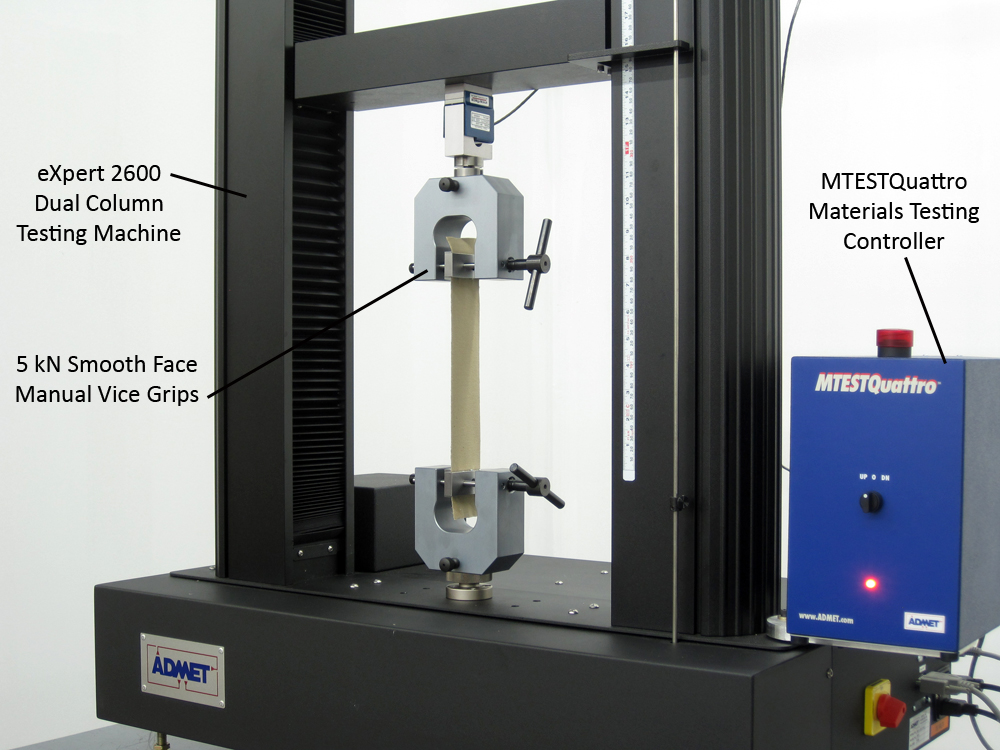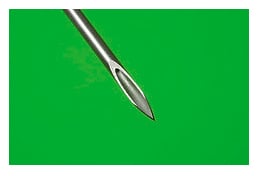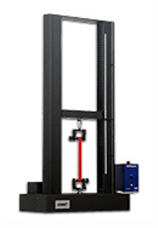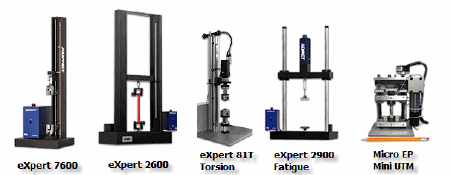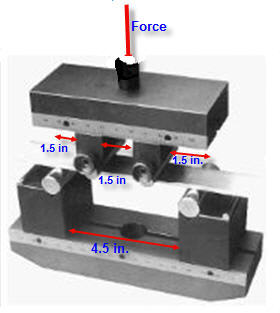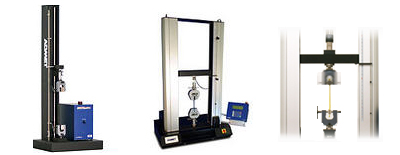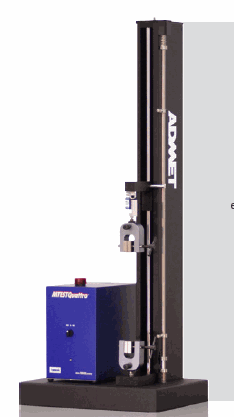Topics: ASTM Tests, Biomedical, Textile, Tensile Test, implants, Biaxial, Tissue, Heating Cooling Chamber
ASTM D5034 Breaking Strength and Elongation of Textile Fabrics How to Guide
ASTM D5034 is a popular testing standard for those needing to determine the breaking strength and elongation of woven, nonwoven, and felted fabrics and textiles. This quick summary is intended to help you understand the basic grab test procedure and the equipment you need to perform this test with accuracy. For a complete description of the test, please refer to ASTM D5034.
Topics: MTESTQuattro, ASTM Tests, Textile, Tensile Test, eXpert 2600, Packaging
Achieving a high standard of manufacturing quality for medical hypodermic needles is needed to ensure patient comfort and enable practitioners to accurately deploy and extract fluids with a syringe. During the product development process, needles can be subjected to flexure, tensile, and puncture tests to reach this required level of production consistency. Using ADMET testing equipment helps you perform these tests with accuracy while lowering your product development and manufacturing costs.
Topics: Metals, ASTM Tests, Biomedical, Tensile Test, Bend Testing, delivery device
Topics: Metals, ASTM Tests, Tensile Test, Testing Tips
Strain Rate Sensitivity Example - Wire Tie Tensile Test
Wire ties were pulled until fracture. Table and force-extension curves show how test speed affects peak load and maximum elongation. As the speed was doubled from 2 to 4 inches per minute, the maximum elongation was reduced by almost half. As the speed was increased from 2 to 16 inches per minute, the maximum force increased by 7.5%.
Topics: Metals, Tensile Test, Testing Tips
This test method aims to test the mechanical properties of an angled fixation device not the material component. Angled Fixation Devices are used to treat fractures.
Topics: Biomedical, Bend Testing, metal, implants, Fatigue
Testing Systems for F1541- External Skeletal Fixation-Prosthetic
ASTM F1541 encompasses many different testing requirements for characterizing external skeletal fixation devices (ESFD's) This specification is used for many fixation devices and applications, Joint prostheses, Modular prostheses, Osteosynthesis, Ring elements, Staples, Subassembly (frame), Synthetic bone, and other implant characteristics. Listed below;a summary of each Annex and recommendations for the type of Testing System needed to perform the test procedure.
Topics: Compression Test, ASTM Tests, Biomedical, implants, Biaxial, prothesis
ASTM F2193 encompasses varied test annexes to determine the strength, stiffness, and durability of spinal screws.
Topics: ASTM Tests, Biomedical, Bend Testing, implants
ASTM F1820 Testing System for strength of Modular Acetabular Shell and Liner
ASTM F1820- Determines the Axial Disassembly Force of a Modular Acetabular Device. Examples are Hip and Shoulder Prothetic Implants. These implants need to be tested in various ways. One way is to analyze the acetabular Liners attachment strength or axial locking strength is when attached to an acetabular Shells. This determines if the liner is matched properly with the designated shell. This test requires an ADMET single or dual column testing system depending on the size of the shell.
Topics: ASTM Tests, Biomedical, implants, prothesis
ASTM F2258- Tensile Strength Tissue Adhesive -Wound Closure Testing System
ASTM F2258 describes the testing procedure to obtain data to compare adhesive strengths of tissue adhesives intended for use as surgical adhesives or sealants, or both on soft tissue.
Topics: ASTM Tests, Biomedical, Tensile Test, Adhesive, Tissue




